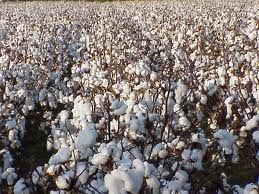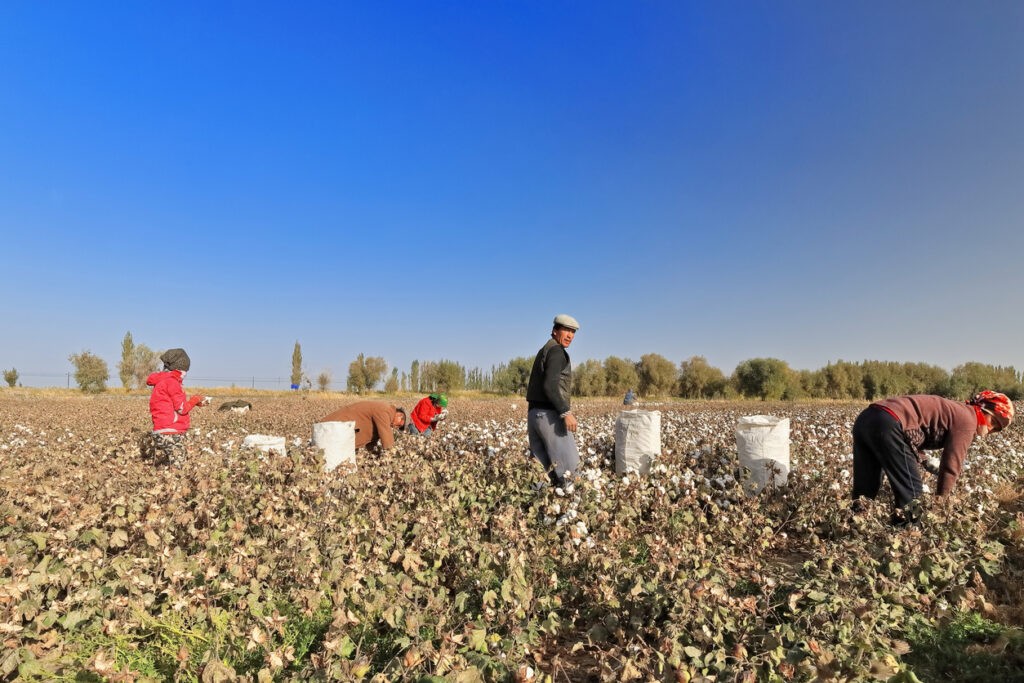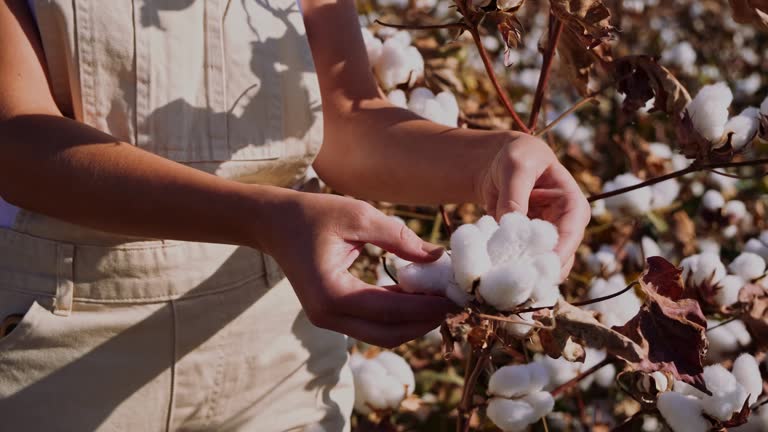TASHKENT (TCA) — Uzbekistan has almost completely abandoned chemical treatment of cotton fields in the fight against diseases and pests, the country’s official Jahon information agency reports.
Back in the 1990s, one of the basic measures taken to eradicate the main cotton pest, the cotton bollworm, was the chemical treatment of fields, which was applied 3-4 times on average per season in farms across the country, and more than 10-12 times in certain areas.
The combat against cotton diseases and pests is essential for increasing yields of this crop. However, the chemical treatment that was widely used in the Soviet era led to a sharp deterioration of the ecological situation in rural areas, and environmental pollution.
In order to protect the environment, improve product quality and working conditions, Uzbekistan has implemented an integrated system of plant protection, which envisages the maximum use of biological methods against cotton pests. To date, the proportion of the biological method has exceeded 90%. More than 700 biological laboratories and bio-factories, which deal with entomophage (beneficial insects) breeding, are successfully operating in the country to combat cotton pests.
A total of 54,000 farms are engaged in cotton cultivation in Uzbekistan, producing over 3 million tons of raw cotton annually. There are currently 86 cotton-producing countries in the world, and 33 of them annually harvest more than 100,000 tons of raw cotton and only eight countries produce more than 1 million tons. In the last five years, Uzbekistan has been the world’s sixth largest cotton producer and the fifth-largest exporter of cotton fiber.









